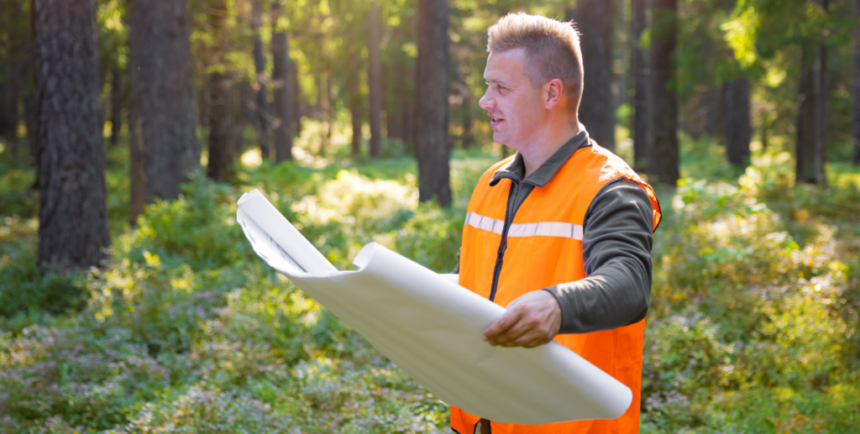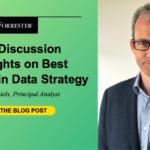Investing in forest land can be a great way to diversify your portfolio. Because tree growth doesn’t rely on economic factors, consistent biological growth can create more stable returns than other financial investments.
When you invest in forestry, you invest in a lower-risk asset that provides environmental benefits. This is often opposite what’s true for residential and commercial land, which is more prone to market disruptions and other market risks.
Benefits of Forest Land
Forests offer many resources besides wood products. Forests provide the community with incredible beauty, opportunities for recreation, and plenty of wildlife.
These aren’t necessarily monetary benefits for investing in forest land, but are benefits everyone can enjoy in addition to the monetary returns investors receive.
Comparing Forest Land to Other Land
When investing in forest land versus traditional land for residential or commercial property, there are some differences to consider.
- There’s no time frame: You don’t have to improve it or do something with the land immediately. With residential or commercial land, you typically don’t make money unless you improve the land and build on it, but forest land doesn’t require any improvements or building, only time.
- It has other values besides monetary: Forests are beautiful, provide a home for wildlife, and help the environment.
- Increased value over time: Forest land becomes more valuable over time because as trees grow and become denser, they can produce more things, providing a greater return on your investment.
- Appreciation: The land can appreciate, just like residential or commercial land. When you’ve used forest land for its primary purpose of harvesting timber, you can sell it for a higher price, especially in populated areas where land is scarce.
Key Considerations
Before investing in forest land, consider these factors:
- Long-term goals: Consider what you plan to do with the land. Will you leave it and rely on its long-term value, harvest timber, or are you trying to do your part to protect the environment? Knowing your long-term goals helps you understand the factors you should take into consideration, such as the land’s age and type of forestry, the land’s improvability, or how in demand the land may be in the future.
- Property taxes: Like any other land, you’ll owe property taxes, but the type and amount vary by location. Determine the federal and state taxes you’ll owe on the land’s value and if you’ll owe taxes on the value of the trees. You may also owe taxes on any profits earned.
- Insurance needs: The type of insurance you’ll need depends on the property use. Liability, hunt lease liability, comprehensive business, timberland, and prescribed burn liability are just a few of the types of insurance you may need.
- Maintenance costs: Like any real estate investment, consider the maintenance costs to keep up with the land, as well as your intended use and the work/costs it will require.
- Demand for timber: If you’re investing in timberland, it’s important to understand the risks, like any product of supply and demand. During a recession, demand for timber can fall, reducing your profits.
How to Start Investing in Forest Land
As with purchasing traditional land, there are a few crucial steps to investing in forest land, including:
- Finding opportunities: You can find opportunities to purchase forest land on sites like LandandFarm.com. You can also solicit the advice and assistance of land professionals, including surveyors, attorneys, and real estate professionals specializing in land.
- Financing: Most forest land investors need financing, and you won’t find it at your local bank. You must work with lenders specializing in forest lands (such as Southern AgCredit or AgAmerica), or use one of many creative financing options.
- Insuring the land: Insurance needs for forest land greatly exceed any insurance you’d need for traditional land. The risks and insurance costs are higher, so be sure to factor them into your decision.
Final Thoughts
Large institutional investors typically invest in forest land, but there are other ways to invest, such as ETFs and stocks of companies that own forests or timber-related products. Overall, there are many nuances to consider when investing in forest land compared to traditional land.
Find an Elite Agent in Minutes
Agent Finder makes it fast, free, and easy to find agents that know investing.
Match with market experts like Peter Stewart of Indi, Brandon Ribeiro in Philly, Dan Nelson in Chicago, and Jodi Gauthier of Houston.
Build your dream team now!
Note By BiggerPockets: These are opinions written by the author and do not necessarily represent the opinions of BiggerPockets.









